Pomeranian Alopecia: What To Do If your Pom Is Losing Hair
Pomeranians, with their fluffy coats and lively personalities, are a favorite among dog lovers. However, many owners have been alarmed to find their once-fluffy friend looking more like a “hairless pomeranian” or even a “bald pomeranian.” The culprit? Pomeranian alopecia.
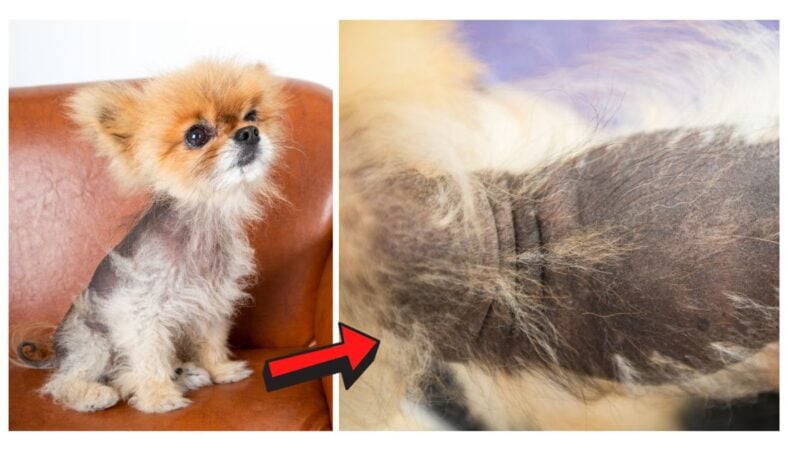
Understanding Pomeranian Alopecia
Alopecia in Pomeranians, often referred to as “black skin disease Pomeranian” or simply “Pomeranian hair loss,” is a condition where the dog’s hair follicles stop producing hair. This can result in a Pomeranian with no hair or a Pomeranian without hair in certain areas. The condition can be distressing for owners, especially when they’re left wondering, “why is my Pomeranian losing hair?”
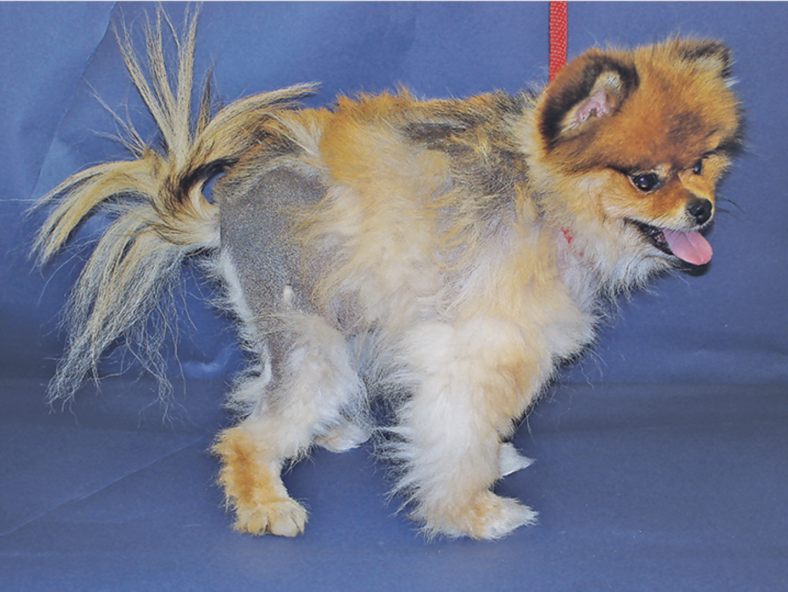
“I noticed patches of hair missing from my Pom’s coat. It was heartbreaking to see my Pomeranian losing hair. I had no idea about Pomeranian alopecia until then.”
Robin, Pomeranian pet parent
Causes of Hair Loss in Pomeranians
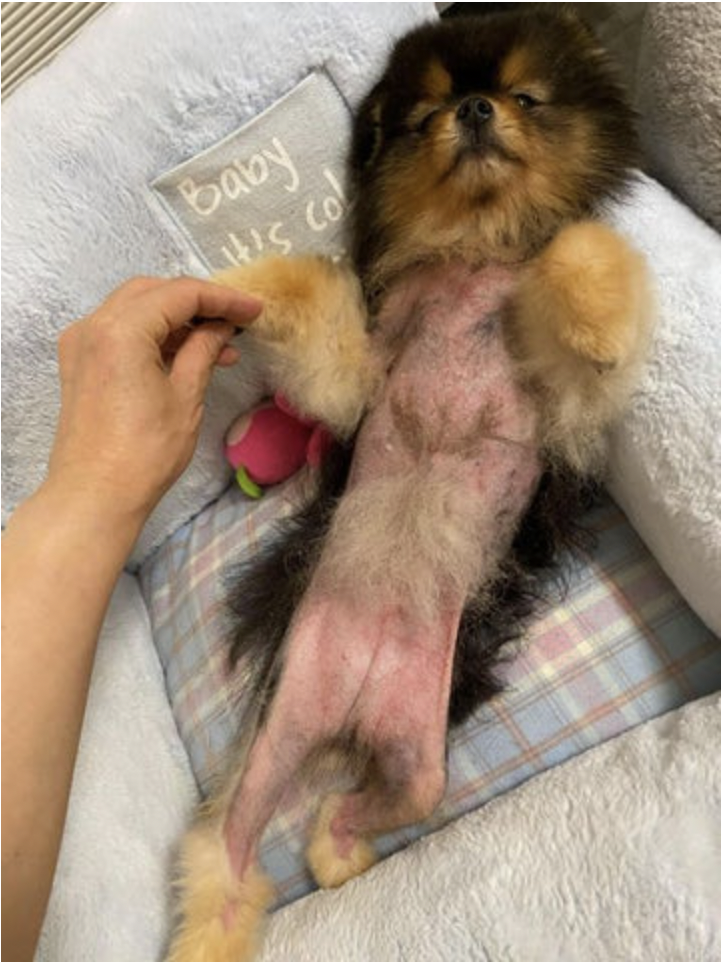
There are several reasons why a pomeranian might experience hair loss:
- Puppy Uglies: Pomeranian puppies often go through a phase called “puppy uglies” where they shed their puppy coat in favor of an adult coat. This is a natural process and not a cause for concern.
- Shaving a Pomeranian: Post clipping alopecia can occur if a pomeranian’s coat is shaved too short. This can damage the hair follicles and prevent hair regrowth.
- Health Issues: Hormone imbalances, immune system disorders, and other health issues can lead to hair loss in this dog breed.
- Black Skin Disease: This skin condition causes the dog’s skin to turn black and lose hair. It’s one of the most common causes of alopecia in pomeranians.
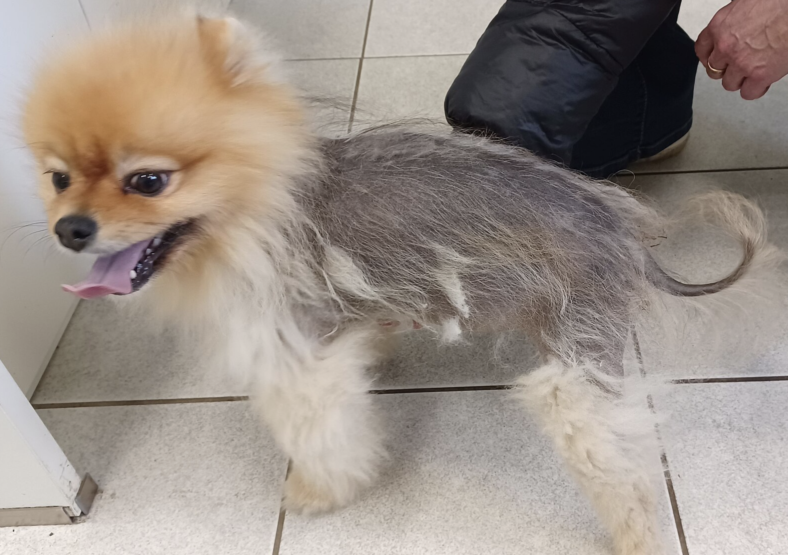
“After shaving my Pomeranian during summer, I noticed she wasn’t growing her fur back. It was a lesson learned about the dangers of shaving a Pomeranian.”
Robin, a Pomeranian parent
What Are The Treatment Options For Pomeranian Alopecia?
Pomeranian alopecia treatment varies based on the cause. For conditions like black skin disease in pomeranians, treatments might include hormone therapies, special shampoos, and dietary changes to promote hair regrowth and coat health. It’s essential to consult with a veterinarian to determine the best pomeranian hair loss treatment for your pet.
“I tried various treatments for my Pomeranian’s alopecia, It was a long journey, but with the right care, I saw improvement in her coat health.”
Robin
1. Dietary Changes
One of the primary natural approaches to treating Pomeranian alopecia is through diet. A balanced diet rich in omega-3 and omega-6 fatty acids can promote skin health and hair growth. Foods like fish, flaxseed, and walnuts are excellent sources. Additionally, ensuring your Pomeranian gets enough protein, vitamins, and minerals can also support coat health.
2. Topical Treatments
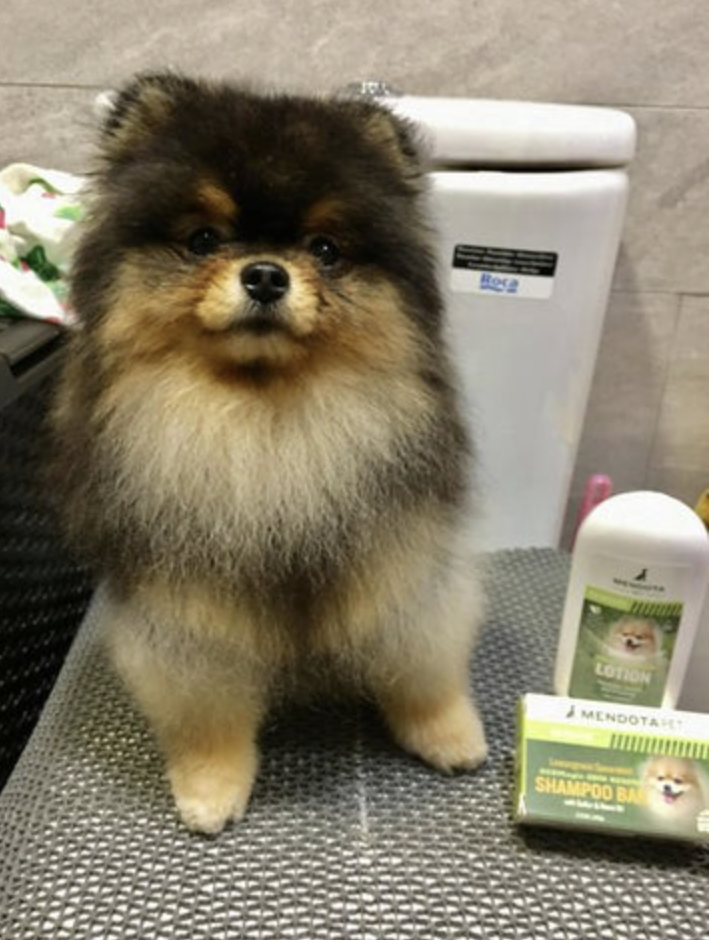
Coconut Oil: Coconut oil is renowned for its moisturizing and nourishing properties. When applied to the affected areas, it not only soothes the skin but may also promote hair growth. Many Pomeranian owners have reported positive results with regular application.
Aloe Vera Gel: Aloe vera is known for its anti-inflammatory properties. Applying aloe vera gel can help reduce skin inflammation and potentially stimulate hair follicles, promoting hair growth.
Medicated Shampoos: According to a Reddit post, some Pomeranian owners have tried using Dermagic shampoos to treat alopecia. While results vary, medicated shampoos can help manage skin hydration and appearance. This Pomeranian owner said hair started growing back slowly in 1-2 months then at about 4-5 months it started growing back quickly.

3. Herbal Supplements:
Horsetail and Nettle: These herbs are believed to promote hair growth. They can be given as supplements or applied topically in the form of oils or ointments. While anecdotal evidence suggests their efficacy, scientific studies are limited.
Omega-3 Fish Oil: Daily omega-3 fish oil supplements can be beneficial. Omega-3 fatty acids are known to promote skin and hair health.
Melatonin: A study from NCBI mentioned a trial with 29 dogs with Alopecia X treated with melatonin doses between 3 and 6 mg/kg, every 12 hours for 4 months. While melatonin is more commonly associated with sleep regulation, it has shown promise in promoting hair growth in some dogs.
4. Regular Grooming:
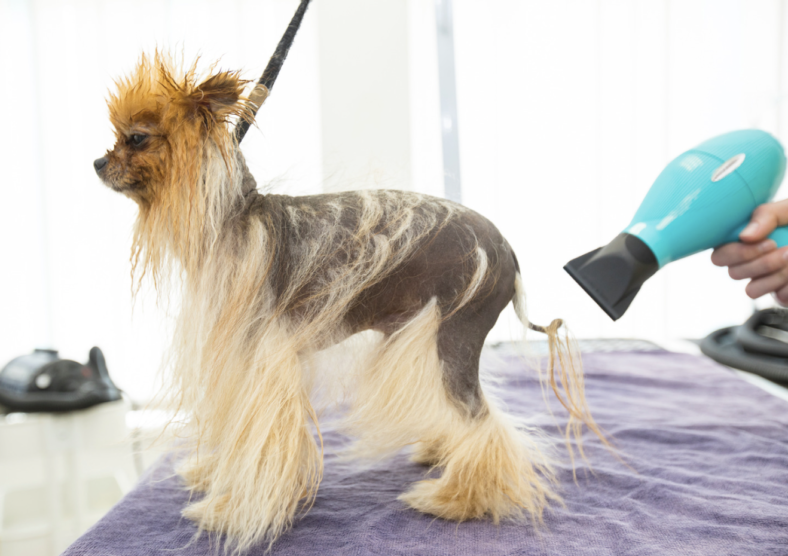
Gentle brushing can stimulate blood flow to the skin, promoting hair growth. However, it’s essential to be gentle and avoid causing any further damage to the already sensitive skin.
A Reddit user mentioned using Espree medicated oatmeal and aloe shampoo combined with 15-in-1 multivitamins. “After battling alopecia for two years, this combination led to the re-emergence of fur.
5. Pharmaceutical Interventions:
Melatonin: One of the most common treatments for Pomeranian alopecia is melatonin. Melatonin is a hormone that regulates sleep-wake cycles in mammals. When given to dogs, it has been found to stimulate hair growth in some cases. However, the exact mechanism remains unclear. It’s available as an over-the-counter supplement. Most Pomeranian owners give about 5 mg per day but it’s crucial to consult with a veterinarian for the correct dosage.
Hormonal Therapies: Since Pomeranian alopecia is believed to be linked to hormonal imbalances, certain hormonal treatments can be effective. For instance, spaying or neutering can sometimes help, especially if the alopecia is related to a hormonal imbalance.
Growth Hormone Therapy: Some veterinarians recommend growth hormone therapy for Pomeranians with alopecia. However, this treatment is not without its side effects and should be considered after weighing the pros and cons.
Topical Minoxidil: While more commonly associated with human hair loss treatments, minoxidil can also be used for dogs. However, its efficacy in treating Pomeranian alopecia is still under study, and it’s essential to ensure the dog doesn’t ingest any amount of the product.
Antibiotics and Antifungals: If the alopecia is due to a secondary bacterial or fungal infection, a course of antibiotics or antifungals can help in treating the condition.
Steroids: In cases where the alopecia is due to an inflammatory condition, steroids can be prescribed to reduce inflammation and promote hair growth. However, long-term use can have side effects.
Crowd Sourced Solutions For Pomeranian Alopecia
Here’s a summarized list of the solutions and experiences shared by Pomeranian owners. These are the personal experiences of individual Pomeranian owners and are not the recommendations of veterinarians.
- Espree medicated oatmeal and aloe shampoo combined with 15-in-1 multivitamins. led to fur re-emergence after two years of alopecia.
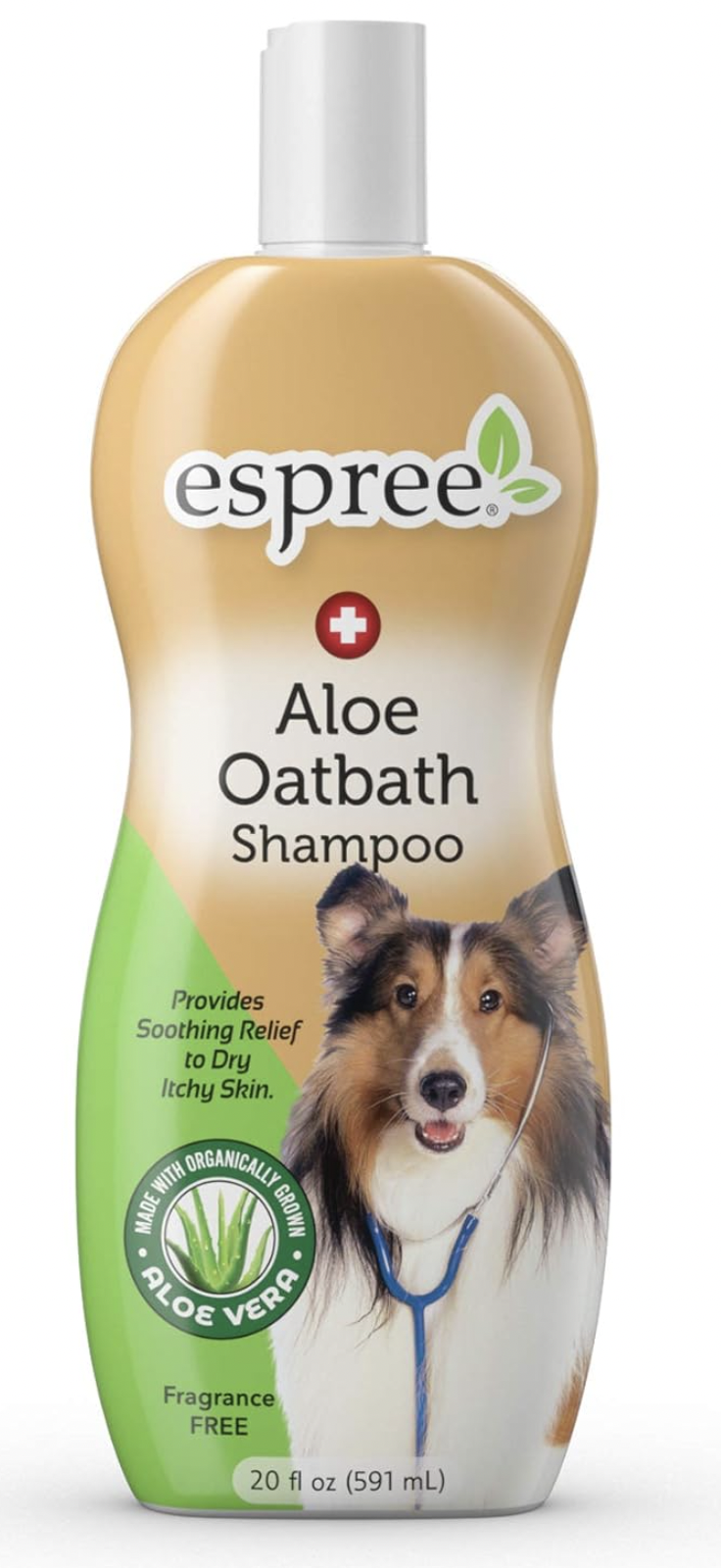

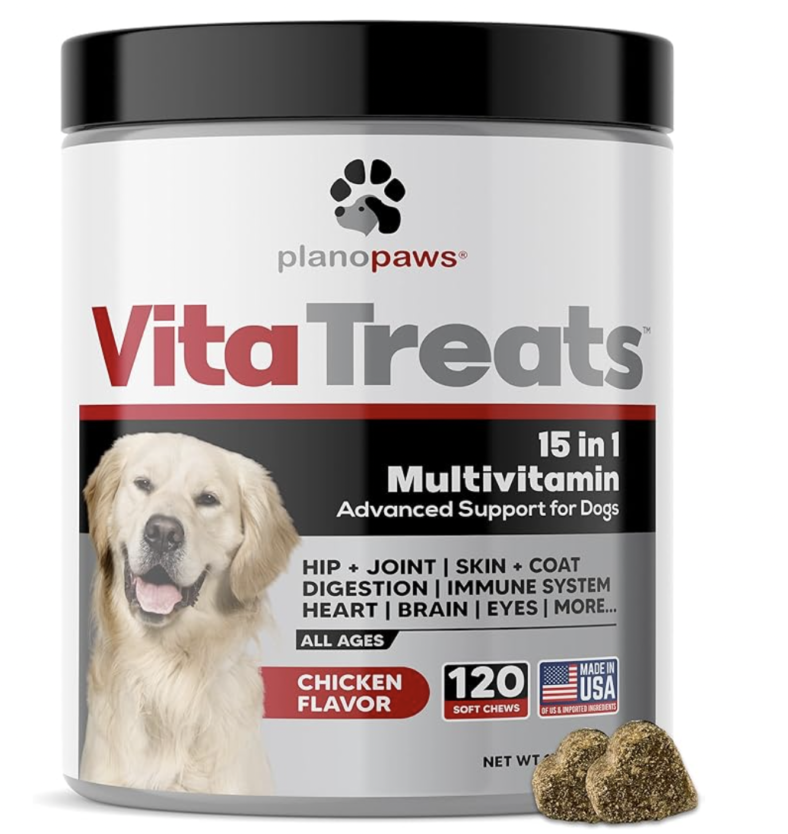

Melatonin and Omega 3 Supplements: Used daily with food.
Dermagic Shampoo and Lotion: Used as instructed for about a month.
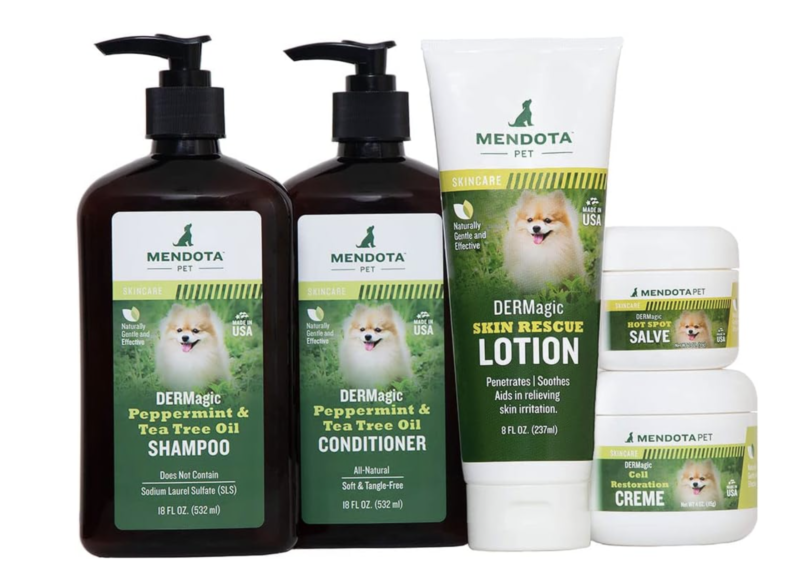

Your Guide To The Best Dog Shampoos
Dietary Changes: Switched to feeding beef only, avoiding chicken. Another user switched to Instinct freeze-dried food.
Top Picks: The Best Dog Food for Pomeranians
Hypothyroidism Diagnosis: One user’s dog was diagnosed with hypothyroidism, leading to hair loss, rough skin, and pimples. The dog was put on hormone replacements, and after 4 months, the hair loss stabilized.
Surgery: One user mentioned their Pomeranian was cured of Alopecia X after a sterilization surgery.
Dermagic Lotion: Used for a few months, leading to significant hair regrowth.
Dietary Allergies: One user’s Pomeranian had severe allergies to most proteins, especially chicken and beef. Switching to hydrolyzed kibble and fruit or veggie-based treats helped.
3 Vegetarian Dog Food Recipes You Can Make At Home
Genetic Factors: Alopecia X might be genetic, especially found in orange lines of Pomeranians. Another user mentioned it’s genetic in Nordic dogs.
Yeast Infection: One Pomeranian’s skin blackened due to a yeast infection. Using Dermagic lotion helped in hair regrowth.
Real Meat Diet: One user fed their Pomeranians chicken breast or steak, leading to hair regrowth. Another user mentioned feeding their dog real meat, veggies, and raw bones might have helped with fur issues.
What is the Best Raw Dog Food Delivery Service? The Top 6 Rated & Compared
Melatonin Brands: Weber naturals and Nature’s Bounty were mentioned as brands used by a user for their Pomeranians.
Hydrolyzed Kibble: One user’s Pomeranian was put on hydrolyzed kibble due to severe protein allergies.
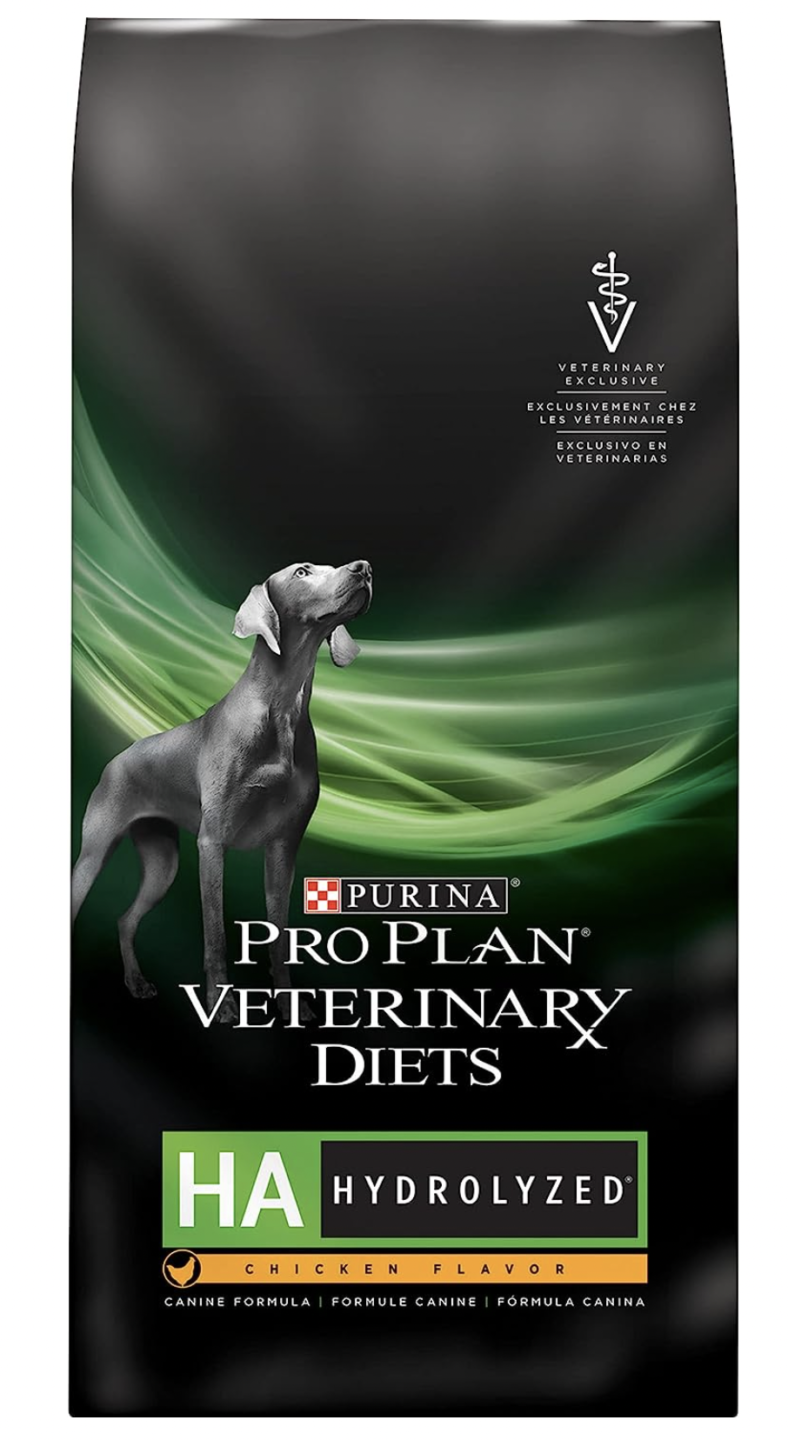

Dermatology Specialist: A user recommended getting a referral for a veterinary dermatologist specialist and having metabolite/adrenal panel bloodwork by Idexx.
Dietary Changes for Allergies: One user switched their dog’s diet to cooked meat, leading to hair regrowth. Another user mentioned avoiding chicken and beef due to allergies.
4 Best Allergy-Friendly Homemade Dog Food Recipes
Medication for Hypothyroidism: One user’s Pomeranian was diagnosed with hypothyroidism and was put on medication. The user believed the hair loss was due to a zinc deficiency caused by hypothyroidism.
Wearing Sweaters or Shirts: To keep the dog warm and protect its skin from sunburn and everyday irritants.
Skin Moisturization: Using baby moisturizer can help keep the skin moisturized.
Protection from Sun: Being cautious about sun exposure to prevent sunburn. Baby sunscreen can be used if the dog doesn’t lick it off.
Reducing Stress: Moving the dog away from stressful environments can aid in reducing hair loss.
Sound Advice: Could Noise Cancelling Headphones For Dogs Help With Anxiety?
Observing Skin Color: Hair can regrow in areas where the skin hasn’t turned black. Once the skin darkens, the hair won’t come back.
FAQs About Pomeranian Alopecia
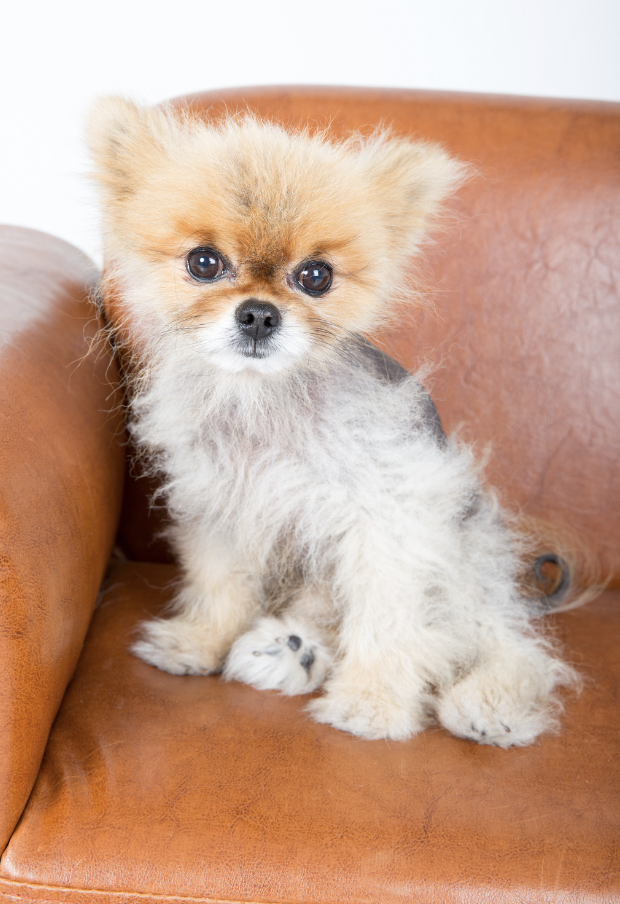
What is pomeranian alopecia?
It’s a condition where pomeranians lose hair, often due to damaged hair follicles or health issues.
Why is my pomeranian losing hair?
Causes can range from natural shedding phases like “puppy uglies” to health conditions like black skin disease.
Is there an alopecia x pomeranian cure?
While there’s no definitive cure, various treatments can help manage the condition and promote hair regrowth.
How to stop pomeranian hair fall?
Consult a vet for a proper diagnosis and treatment plan.
Are there side effects to pomeranian alopecia treatments?
Some treatments might have side effects. It’s crucial to discuss potential risks with a veterinarian.
Can shaving a pomeranian cause hair loss?
Yes, post clipping alopecia can occur if a pomeranian is shaved too short.
What is black skin disease in pomeranians?
It’s a condition where the dog’s skin turns black and loses hair.
How can I promote hair regrowth in my pomeranian?
Special shampoos, dietary changes, and certain medications can help.
Is pomeranian alopecia common in the breed?
Yes, it’s one of the more common health issues in pomeranians.
Can pomeranian puppies experience hair loss?
Yes, they can go through a phase called “puppy uglies” where they shed their puppy coat.
Related Articles:
- Severely Neglected Pomeranian Won’t Trust Groomer Until This Happens
- Pomeranian Shaving: A Guide to the Good, the Bad, and the Ugly
- Top Picks: The Best Dog Food for Pomeranians
- Are Pomeranians Hypoallergenic, Or Should Allergy Sufferers Avoid This Adorable & Extra-Fluffy Breed?
- 53 Unique Pomeranian Names for Your Lively Companion
